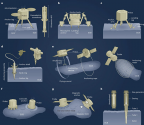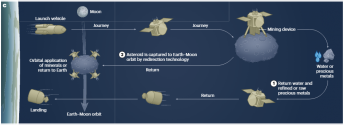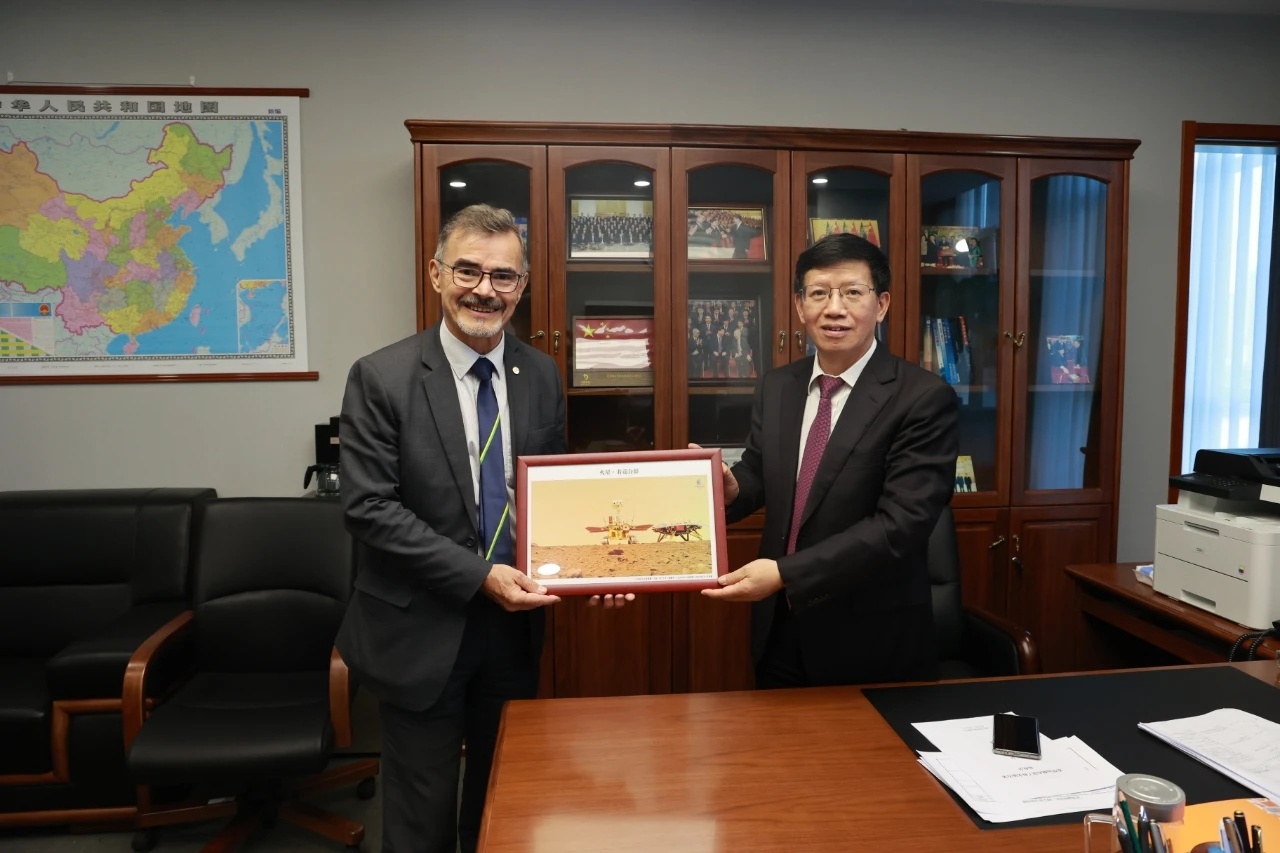Key takeaway:
1. They started working on methane engine long ago. Well not quite wrong though, but I am not very optimistic on their progress.
2. The new 200-ton methane engine is design to be on par with Raptor.
3. If I am understanding it correctly, they are basically saying that they are producing engines on a 260% efficiency compared with 2021.
Rough translation: "In fact, we have been developing methane engine since 2000, when the key technical test verification of the engine components was done with the support of the '863' program, and are not just now starting to catch up with Musk's 'Raptor '" said Zhang Xiaoguang, deputy director of the overall research laboratory of the 11 Institute.“其实我们从2000年就开始研制液氧甲烷发动机,当时在‘863’计划的支持下,已经把发动机组件的关键技术试验验证做完了,并不是现在才开始追赶马斯克的‘猛禽’。”11所大推力发动机总体研究室副主任张晓光说。
Among 9 types of engines, there are three types of design tasks fall to 11 Institute. According to Zhang Xiaoguang, the 200-ton methane engine will be applied to the first and second stage of China's heavy rockets, with comprehensive performance indicators comparable to those of the Raptor engine. This type of engine has abundant propellant reserves and low price.9型发动机中,有3型设计任务落到11所大推力发动机总体研究室。据张晓光介绍,200吨液氧甲烷发动机将应用于我国重型火箭的芯一级和二级上,综合性能指标与“猛禽”发动机相当。该型发动机的推进剂储备丰富、价格低廉,在商业航天色彩越来越浓的当下,恰逢其时。
Last year, they started manufacture new generation of liquid rocket engines in new assembly pulsation production line. The production efficiency increased by 30%.. the company's second assembly pulsation production line was officially put into operation.去年,六院西发公司的新一代大推力环保液体火箭发动机总装脉动生产线开工,生产效率比过去提高了30%。3月27日,该公司第二条总装脉动生产线正式投产应用。

































